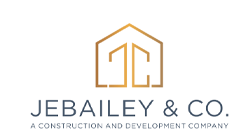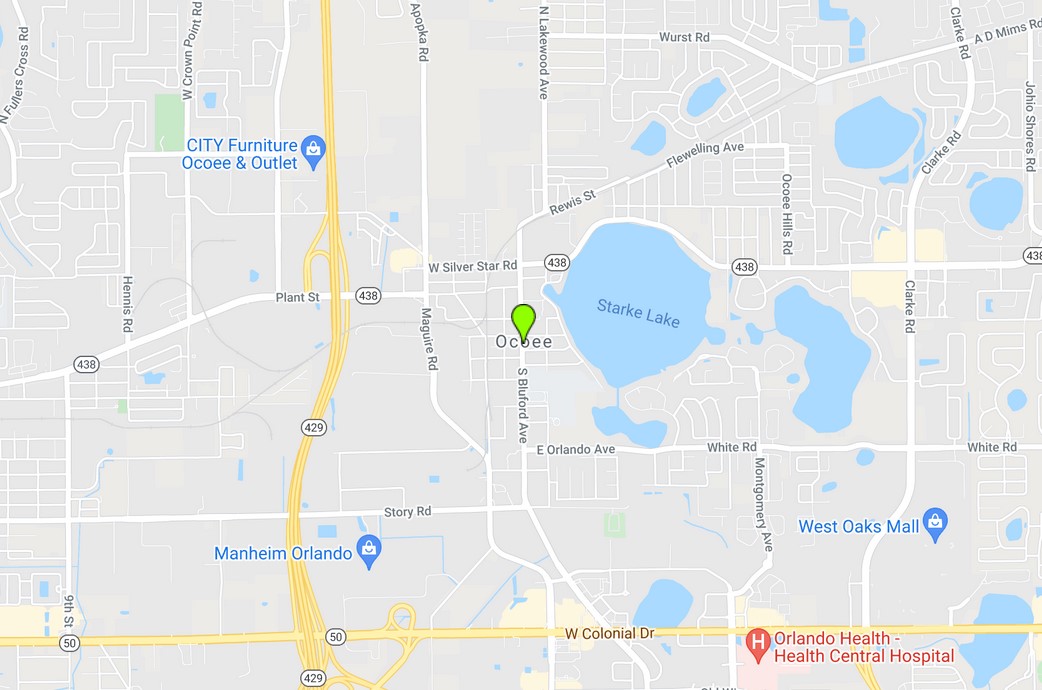As the commercial construction industry continues to evolve, it’s important to keep an eye on the latest trends and innovations that are driving the market. Whether you’re a property owner, developer, or contractor, staying up-to-date on the latest commercial construction trends can help you stay ahead of the curve and ensure that your projects are a success.
In this blog, we’ll explore the top commercial construction trends to watch in Florida.
1. Building Information Modeling (BIM)
Building Information Modeling, or BIM for short, is a digital modeling tool that is becoming increasingly popular in the commercial construction industry. BIM allows architects, engineers, and contractors to create a 3D model of a building, including all of its components, systems, and materials.
This can help to identify potential issues before construction begins, which can save time and money in the long run. In Florida, where hurricanes and other natural disasters are a common threat, BIM can be especially useful for designing and constructing buildings that can withstand extreme weather conditions.
2. Prefabrication and Modular Construction
Prefabrication and modular construction are two trends that are rapidly gaining popularity in the commercial construction industry. Prefabrication involves constructing building components off-site and then transporting them to the construction site for assembly. This can help to reduce waste, speed up construction times, and improve quality control.
Modular construction takes prefabrication one step further by constructing entire building modules off-site, which can then be transported to the construction site and assembled like building blocks. This can help to reduce construction time even further and is especially useful for projects that need to be completed quickly, such as emergency housing or healthcare facilities.
3. Sustainable Design and Construction
Sustainable design and construction have been growing trends in the commercial construction industry for several years, and this trend is expected to continue in the coming years.
In Florida, where the environment is a major concern, sustainable design and construction can help to reduce a building’s environmental impact and save on energy costs. This includes the use of energy-efficient building materials, such as low-emissivity windows and insulated concrete forms, as well as the use of renewable energy sources like solar panels.
4. Smart Building Technology
Smart building technology is another trend that is expected to gain momentum in the coming years. This includes the use of sensors, cameras, and other technology to monitor and control building systems, such as lighting, HVAC, and security. Smart building technology can help to improve energy efficiency, reduce maintenance costs, and enhance building security.
In Florida, where hurricanes and other natural disasters are a concern, smart building technology can also help to improve building resilience and protect against damage.
5. Virtual and Augmented Reality
Virtual and augmented reality are two technologies that are already being used in the commercial construction industry, and their use is expected to grow in the coming years. These technologies can help architects, engineers, and contractors to visualize and manipulate 3D models of buildings, which can improve the design process and help to identify potential issues before construction begins. Virtual and augmented reality can also be used to provide clients and stakeholders with a more immersive experience of the building design, which can help to improve communication and understanding.
6. Collaborative Design and Construction
Collaborative design and construction is a trend that has been gaining momentum in recent years, and is expected to become even more popular in the coming years. This involves bringing together architects, engineers, contractors, and other stakeholders early in the design process to work together to create a cohesive and efficient design. This can help to reduce waste, improve efficiency, and ensure that everyone is on the same page from the beginning.
7. Safety and Risk Management
Safety and risk management have always been a top priority in the commercial construction industry, but with the COVID-19 pandemic, the focus on safety has become even more important.
Contractors and property owners are now implementing new safety protocols and guidelines to ensure the health and safety of workers and occupants. In addition, technology such as thermal cameras and contact tracing apps are being used to monitor and track potential exposure to the virus.
8. Diversity and Inclusion
Diversity and inclusion have been hot topics in many industries, and the commercial construction industry is no exception. Companies are now prioritizing diversity and inclusion in their hiring and recruitment efforts, with the aim of creating a more diverse and inclusive workforce. This includes providing training and support to underrepresented groups, and ensuring that everyone has equal opportunities for career growth and advancement.
9. The Rise of Co-Working Spaces
Co-working spaces have been a growing trend in recent years, and this trend is expected to continue in the commercial construction industry. Co-working spaces provide a flexible and cost-effective solution for small businesses and startups and are becoming increasingly popular in urban areas.
In Florida, co-working spaces can be especially useful for businesses that are looking for a more collaborative and creative work environment.
10. The Importance of Flexibility and Adaptability
Finally, one of the most important trends in the commercial construction industry is the importance of flexibility and adaptability. With so many changes and challenges facing the industry, it’s important for contractors and property owners to be able to adapt quickly and efficiently. This includes being open to new technologies and innovations, as well as being able to pivot quickly in response to changing market conditions.
In conclusion, the commercial construction industry is constantly evolving, and it’s important to stay up-to-date on the latest trends and innovations. Whether it’s the use of BIM, prefabrication, sustainable design, or smart building technology, there are many exciting developments that are driving the industry forward. By embracing these trends and staying flexible and adaptable, contractors and property owners in Florida can ensure that their projects are successful and meet the needs of their clients and stakeholders.




